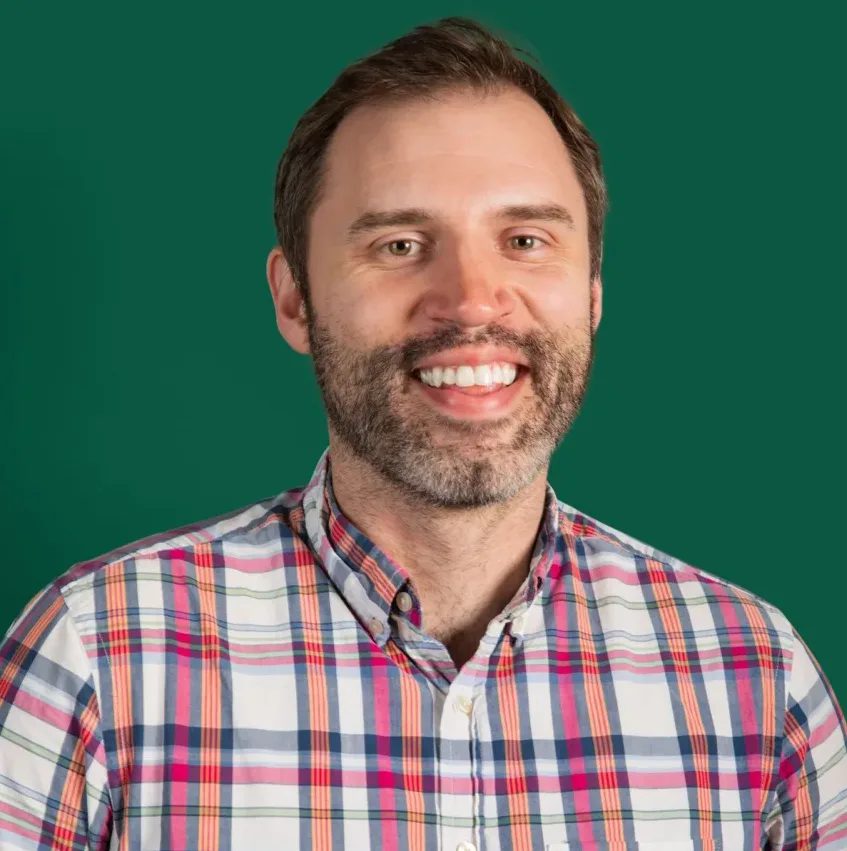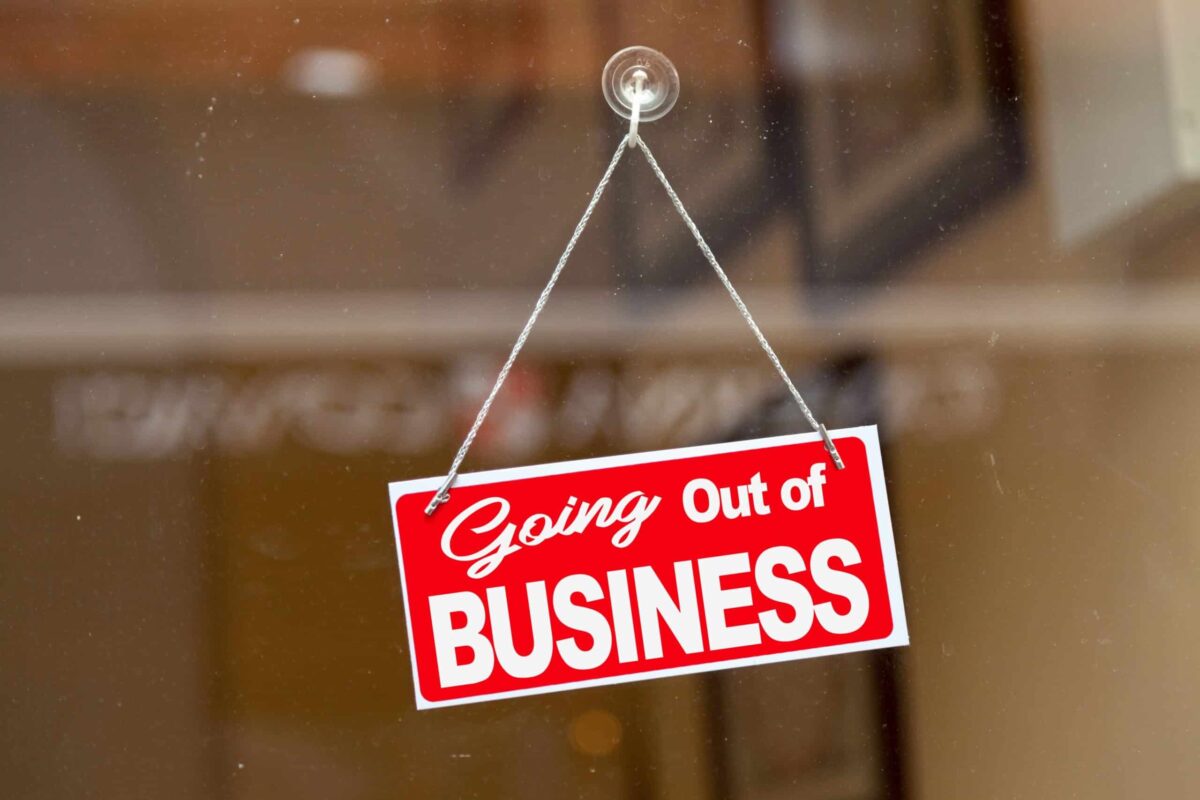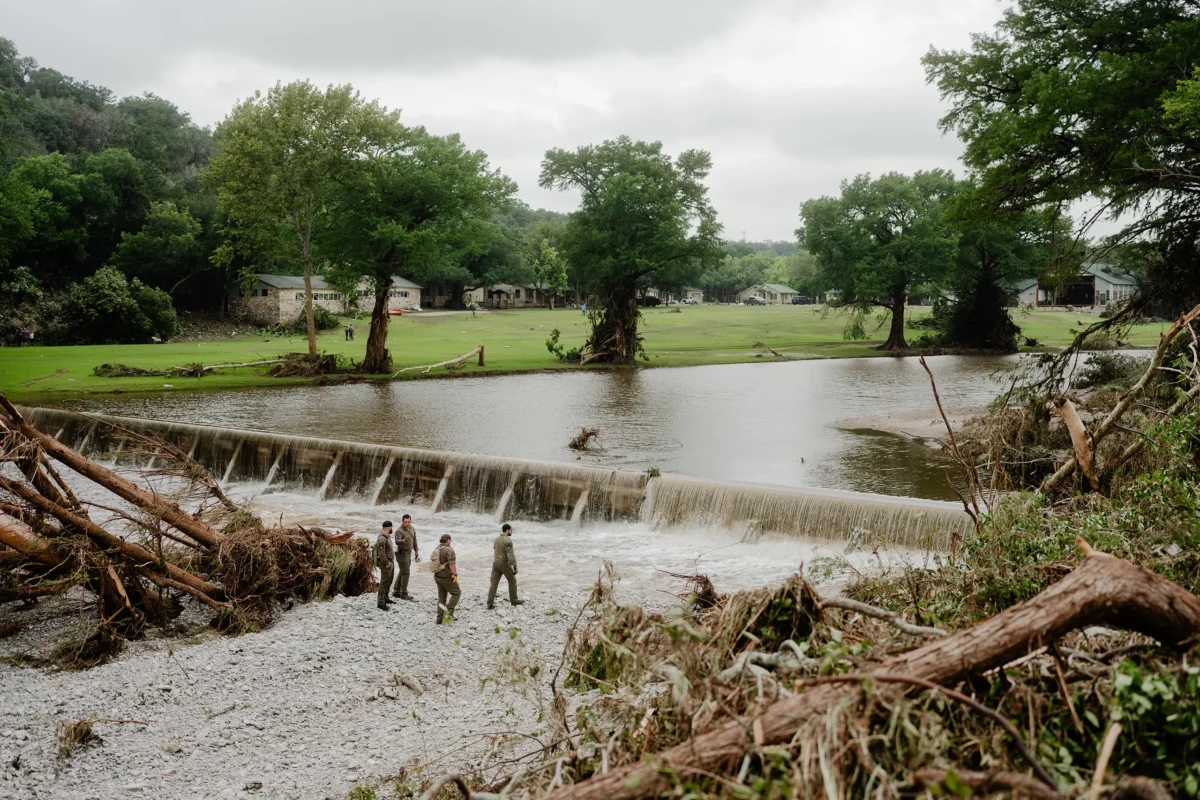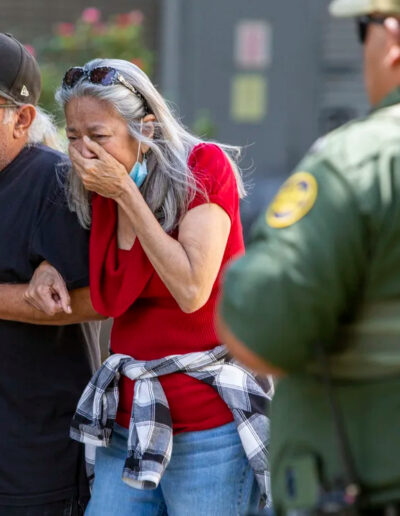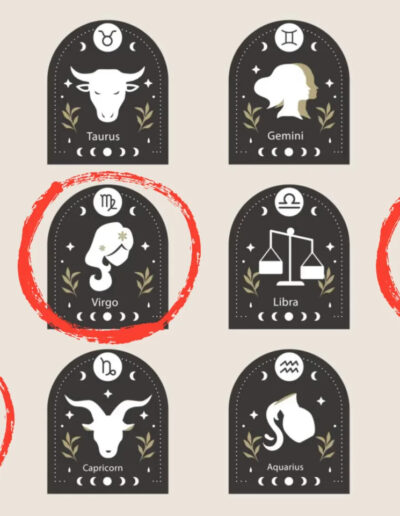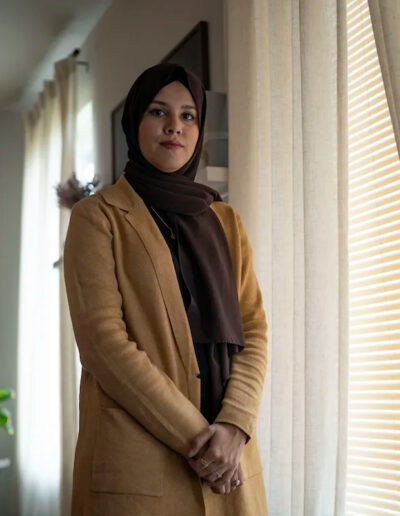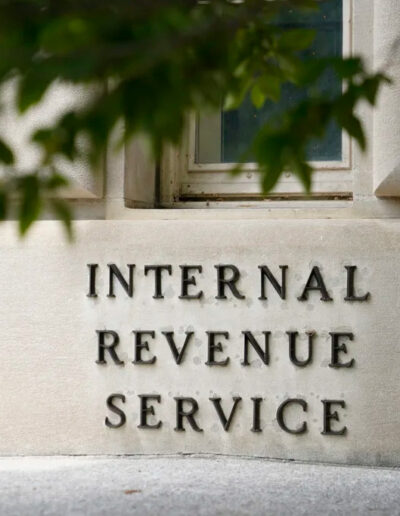
Photo courtesy of Lorie Shaull/CC BY 2.0.
Texas has a surprisingly extensive history when it comes to cults. We’re taking a look at eight that have had a major impact on their members and society.
A cult can take several different forms. Generally, it’s some type of organized group with a leader or leaders who manipulate others into believing or performing activities through mental, psychological, and emotional tactics. Because active cult members are often unwilling to speak about their organizations, it can be challenging to identify the warning signs of a cult while they’re happening.
Unfortunately, that means there are horrific consequences for some of these groups. From religious organizations to obsessive co-ops, here are eight cults with Texas ties.
1. Branch Davidians
The Branch Davidians were founded in 1955 by Benjamin Roden. The cult is a continuation of an even earlier cult, the General Association of Davidian Seventh-Day Adventists. The Branch Davidians believed in the second coming of Jesus Christ and prepared for the return by setting up a compound near Waco that they called Mount Carmel.
In the 1980s, Roden’s son George was one of the cult’s leaders. He was eventually overtaken in 1987 by Vernon Howell, who would change his name to David Koresh for “publicity” reasons in 1990. Koresh continued to rise in power and was accused of sexual assault and child abuse by former Branch Davidians.
On February 28, the Bureau of Alcohol, Tobacco, and Firearms (ATF) attempted to enter the compound with a search warrant, and a gunfight ensued. Six Branch Davidians and four ATF agents were killed. Since the search warrant had failed, the FBI began a siege on the compound. The two sides had been at a standstill for 51 days when the FBI performed a tear gas attack on April 19, 1993. Shortly after, a fire broke out. A total of 76 Branch Davidians—including Koresh and up to 28 children—died as the compound was encompassed in flames (Koresh died from a single gunshot wound to the head). More than 30 years later, it’s still unclear who started the fire.
2. Heaven’s Gate
In March 1972, Marshall Applewhite, from Spur, met nurse Bonnie Nettles in Houston. By some accounts, they met in a psychiatric hospital. They immediately felt a connection with each other, with Nettles saying aliens had given her a premonition about their meeting. Nettles took the nickname “Ti” while Applewhite donned “Do,” and they convinced 20 people to move from Oregon to Colorado, promising an extraterrestrial spacecraft would arrive and bring them to the “kingdom of heaven.”
The spacecraft never arrived, and it seemed like the cult might have run its course, especially after Nettles died in 1985. Yet Applewhite kept recruiting, using the Hale-Bopp comet as motivation. Heaven’s Gate members believed the spaceship was behind the comet, and in March 1997, the comet reached its closest distance to Earth—it wouldn’t appear this close for another 4,000 years. Applewhite and 38 followers drank a lethal combination of phenobarbital and vodka, believing they’d leave their bodies, enter the spaceship, and ascend through Heaven’s Gate. It’s one of the largest mass suicides in U.S. history.
The final message posted on the Heaven’s Gate website is still available: “Our 22 years of classroom here on planet Earth is finally coming to conclusion — ‘graduation’ from the Human Evolutionary Level. We are happily prepared to leave ‘this world’ and go with Ti’s crew.”
3. Conscious Development of Body, Mind and Soul
Terri Hoffman was born into poverty and sent to a Round Rock orphanage at nine years old. She was adopted at 11 and married by age 15. During divorce proceedings nearly two decades later, she was committed for psychiatric evaluation and became interested in mind control, hypnotism, and metaphysics.
She incorporated Conscious Development of Body, Mind and Soul in 1974 in Dallas, claiming she could see the future and have out-of-body experiences. She believed critical thinking was a negative energy that could prove fatal. Hoffman also supplemented the “consulting” cult with a jewelry business—followers were encouraged to buy expensive jewelry that would be turned into protective gems.
Alas, the gems didn’t do much protecting. Several of Hoffman’s followers, including her second husband, died under mysterious circumstances. Her close assistant drove her car off a 450-foot cliff; a few months before she died, she updated her will to name Hoffman as the sole beneficiary. In fact, four of Hoffman’s closest ties all updated their wills to name her as the recipient of their estates and money shortly before they died.
4. Buddhafield
The spiritual cult of Buddhafield moved from Hollywood to South Austin, leaping together into Barton Springs. While that sounds like a refreshing dip any of us might try, bystanders found the act “unsettling,” and that’s hardly the worst of it.
Buddhafield’s founder, who went by Michel, Andreas, or sometimes “The Teacher,” promised salvation and “cleansing” through meditation and therapy. Michel said he had a direct connection with God, whom he called “The Teacher.” Instead, Michel took advantage of members through sexual exploitation, and when they tried to leave, he gaslighted them into sticking around.
This twisted cult was the subject of the 2016 documentary “Holy Hell.” There’s also an episode of the Netflix show “How to Become a Cult Leader” that explores the inner workings of Buddhafield.
5. Church of Wells
The Church of Wells has had a few different names, including the Church of Arlington and You Must Be Born Again Ministries. Former street preachers Sean Morris, Jacob Gardner, and Ryan Ringnald founded the group in the small town of Wells after meeting in Waco while in college.
The list of controversies around the Church of Wells is quite significant, many of which point to cult behavior. A few of the more heinous acts include not reporting the death of an infant, allegations of child labor violations and unreported sawmill accidents, possible abduction of a member, criminal trespassing, and drugging, kidnapping, and coercing another member to join.
That last bit happened to a minister named Jordan Reichenberger, who shared his story during an episode of “Dr. Phil.” Reichenberger said the group tried to drug and brainwash him; thankfully, he was rescued after five days.
6. Zendik Farm
If you’ve ever been accused of being a “square,” you probably weren’t a part of the Zendik Farm cooperative. This community of artists and craftspeople was founded by Wulf Zendik, a poet, novelist, musician, and philosopher born in El Paso.
The group’s goal was to save the world from Ecollapse (Zendik’s term for the collapse of Earth’s ecology). They hoped to educate the outside “Deathculture” by creating magazines, selling merchandise, and releasing music and poems. The community also made their own clothes, built homes from recycled materials, and owned several animals. They were often considered a sex cult, though they refuted that designation.
Toward the end of the 80s and into the early 90s, the community set up shop in Austin. They started making public access shows and broadcast them across the city. When they discovered a 300-acre farm in Bastrop, they moved there to continue their work. The Bastrop stay was short-lived, however. After bouncing around a few other locations in Florida and California, the group disbanded in 2013, the year after co-leader Carol Merson Weinberg died.
7. House of Yahweh
After his brother claimed to find Yahweh during a trip to Israel, “Buffalo” Bill Hawkins changed his name to Yisrayl Hawkins. His brother founded the House of Yahweh in Odessa, which follows similar beliefs to Armstrongism—that the Great Tribulation is coming soon and Satan is a woman deceiving the world—as well as Judaism. The House of Yahweh celebrates feasts such as Passover, and members must tithe 10% of their money. Bill Hawkins formed the House of Yahweh Abilene at his home in 1980, believing he and his brother were prophesied to prepare the world for the Second Coming.
Unfortunately, Hawkins took his “calling” to the extreme. He was arrested and charged with child labor violations and accused of being a polygamist and running a slave compound. Though Hawkins died in 2021, the “doomsday cult” does still exist.
8. Peoples Temple
One of the most notorious cults is the Peoples Temple, founded by Jim Jones. Peoples Temple, which existed from 1954 to 1978, combined Christianity with communism and socialism and sought to promote racial equality. While equality isn’t a bad thing, the way Peoples Temple went about it eventually led to dire consequences.
The cult had moved to Guyana in South America and rented land they called Jonestown. On November 18, 1978, the group’s temple security guards killed Congressman Leo Ryan, three journalists, and a defector who was trying to leave the temple. That night, Jones led a mass suicide and murder ritual. 918 people died—including almost 300 children—either from drinking Flavor Aid laced with cyanide or getting injected with cyanide. Jones and his assistant Annie Moore died that night, too, likely from self-inflicted gunshot wounds.
So, where does the Texas connection come in? Larry Schacht was a Houston native who overcame a drug addiction and finished medical school after joining the Peoples Temple. He created the poison used at Jonestown. While some followers willingly drank the Kool-Aid, many didn’t believe it was lethal. Others were forced to ingest poison, making it the largest mass murder until the 9/11 attacks.
Even though the drink was Flavor Aid and not every victim drank it under their own accord, Schacht and the Jonestown massacre spawned the phrase, “Don’t drink the Kool-Aid.”
This article first appeared on Good Info News Wire and is republished here under a Creative Commons license.




